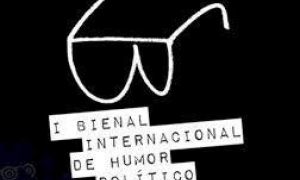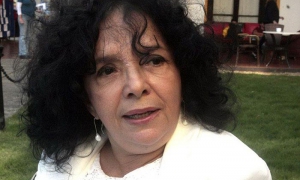
Wifredo Lam died in Paris on September 11, 1982, but his ashes have been in Cuba since December 6 of that year. He was Cuban through and through.
His long stay in Europe did not diminish one iota the Cuban identity he carried in his blood and in his eyes, and that he understood as a melting pot of the crossbreeding that he forged in our Afro-Latin-Caribbean identity, from a distinctly modern vision.
He never ceases to surprise and to place himself at the forefront of the Cuban avant-garde. These days he is in the news again, due to the discovery of one of his works in France, which has aroused the interest of enthusiasts, collectors and critics.
The work was found when in October last year appraiser Guillaume Cornet went through the inventory of the funds of the American photographer, based in France, John Pole-Woods, in his house in Sologne.
He looked at a painting in which he found Picassian resonances, but on closer inspection, he concluded that it was a reproduction.
A neighbor of the photographer, present on during the inventory, corrected the appraiser. "That is a reproduction; the original was given to me to keep by John Pole-Woods."
The quality of the painting won out. It was a Lam in the best style of the Cuban creator. "The work is not signed - appraiser Cornet commented in recent days, when giving the scoop- but we quickly discovered that it was made by Wifredo Lam, thanks to a correspondence illustrated with small drawings between the Pole-Woods couple and the painter, a photograph of the painting on the wall of the couple's Parisian apartment, as well as a certificate of authenticity issued by Madame Lou Laurin-Lam, dated October 25, 2007".
The work, painted in Cuba in 1950, reveals how intensely Lam decanted the constituent elements of his visual universe, after his reunion with his native land in those years and his contact with Haiti, which took place in 1946.
Crowned with horns, the dominant female figure and animal stands out frontally, like a totem, on a monochromatic brown background that evokes the color of the wood of ritual masks.
Forty years after his passing, Lam is also in the news in Argentina. On August 26, the exhibition Third Eye (Costantini Collection), whose most important pieces are Diego and I (1949), by Mexico's Frida Kahlo, and Omi Obini (1943), by Wifredo Lam, opened at the Museum of Latin American Art of Buenos Aires (MALBA) and will be on display for the next 11 months.
The work entered the collection two years ago, when it was auctioned at Sotheby's. The media emphasized the amount of the acquisition and not the extraordinary aesthetic values of a composition that is related to The Jungle, due to the exuberant dialectic between myth, vegetation and Antillean texture.
Translated by ESTI






